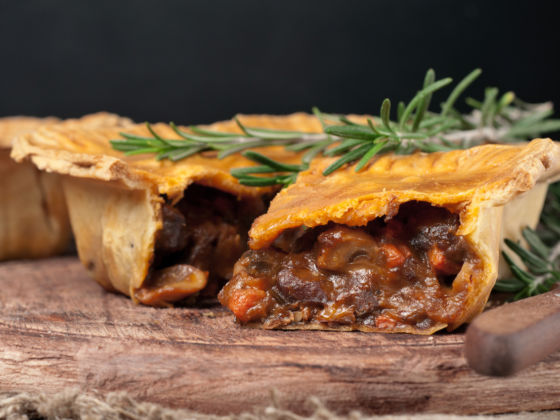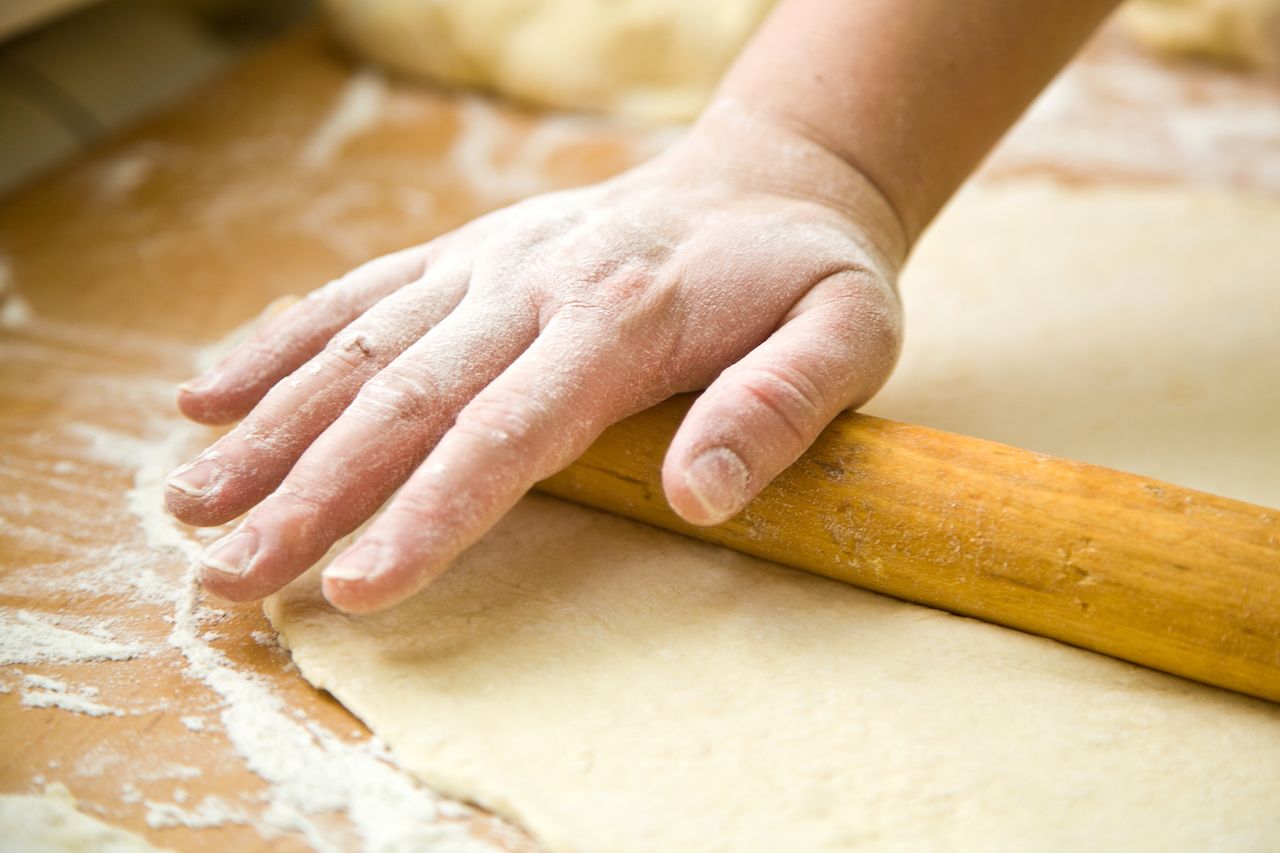Pie is revered in the modern American household. Juicy apples mixed with sugar and cinnamon make much-anticipated appearances in the kitchen throughout fall and winter. Rich, creamy spiced pumpkin and sweet potato pies are delivered on Thanksgiving. Deep burgundy red cherry pies are served on Christmas.
Despite their differences, all these pies have one thing in common: crust. Without flakey, buttery crust to cradle the fillings, pie would hardly be the jewel of the dessert table. But the origin of modern pie crust — the workhouse of the dessert world — is just as tied to funerals than festivities. In fact, at the very beginning of the life of pie, the crust wasn’t even edible.


